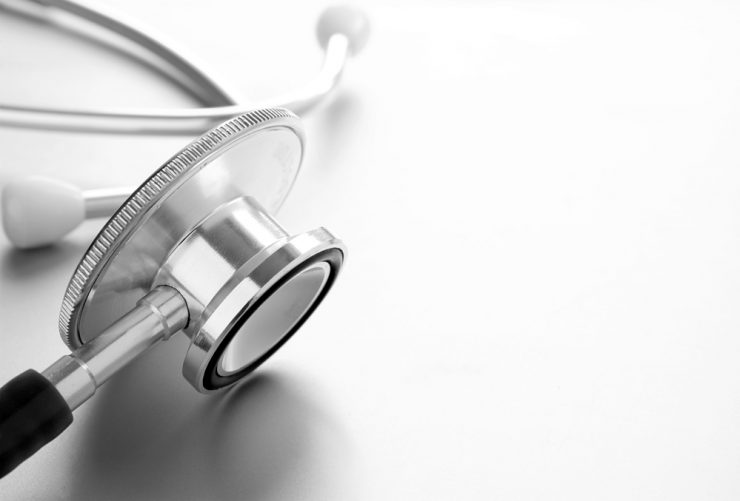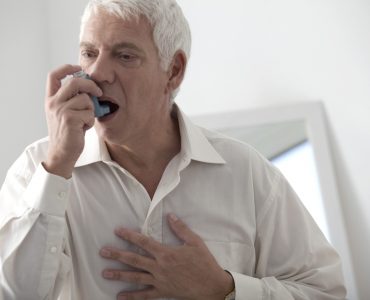This is a genetic disorder that occurs rarely. As a result of this condition, benign (growths confined to a place) tumours appear in various body parts including the skin, brain, eyes, heart, kidneys and lungs.
The benign tumours in turn causes the following conditions like epilepsy, reduced intelligence, learning difficulties, problems associated with behaviour, autism (a disorder in which a person fails to establish proper communication), abnormal growth of skin, cardiac problems, and renal diseases.
Tuberous sclerosis is not at all common and is present in one among 6,000 births. This condition is the result of mutations to one of the following two genes:
- The TSC1 gene, or
- The TSC2 gene
The prognosis depends on two main factors:
If the mutation happened to the TSC1 or TSC2 gene. The people with the mutation of later gene will have serious manifestations.
In children, the behavioural symptoms will also be associated with autism, destructive outbursts etc.
Symptoms
The tumours are present in various body parts to the following extent.
Eyes (50% of all cases).
Lungs (25-40% of all cases).
Brain (80% of all cases).
Heart (50-70% of all cases).
Skin (90% of all cases).
Kidneys (80% of all cases).
Neurological conditions and complications include Epilepsy, Infantile spasms and Low intelligence.
The behavioural problems related to the low intelligence are increased activity, reckless behaviour, violent outbursts, autism, apprehension, extreme timidness, and depression.
Associated learning difficulties include poor memory, poor concentration and difficulties in decision making.
Subependymal giant cell astrocytomas (SEGAs)
These are large benign brain tumours and are present after the individual crosses adolescence.
Skin lesions
Heart tumours
Heart problems also result in palpitations, feeling dizzy, fainting, difficulty in breathing and pain in chest region.
Kidney tumours
The symptoms include feeling tired, swelling over hands, feet etc, breathing difficulty, presence of blood , protein in the urine, frequency of urination, itchy skin, and vomiting.
Lung tumours
Eye tumours
Causes
The mutations to the TSC1 gene, or the TSC2 gene leads to this condition.
Diagnosis
Physicians follow a check list of major and minor features:
The major features include skin lesions, tumour of brain, kidney, lung, eye etc
The minor features include small teeth pits, polyps within rectum, bone
small bulges in gums.
Tests to detect tuberous sclerosis include eye examination, skin, Magnetic resonance imaging (MRI) scan, Computerised Tomography (CT) scan, or ultrasound scan, an electroencephalogram (EEG) and an electrocardiogram (ECG).
Treatment
This condition requires care and attention for a lifetime. Regular screening tests may be needed for children with this condition:
Types of screenings include a magnetic resonance imaging (MRI) scan, an ultrasound scan, an echocardiogram and spirometry etc.
Other management measures are strictly based up on the symptoms present and vary from individual to individual.











